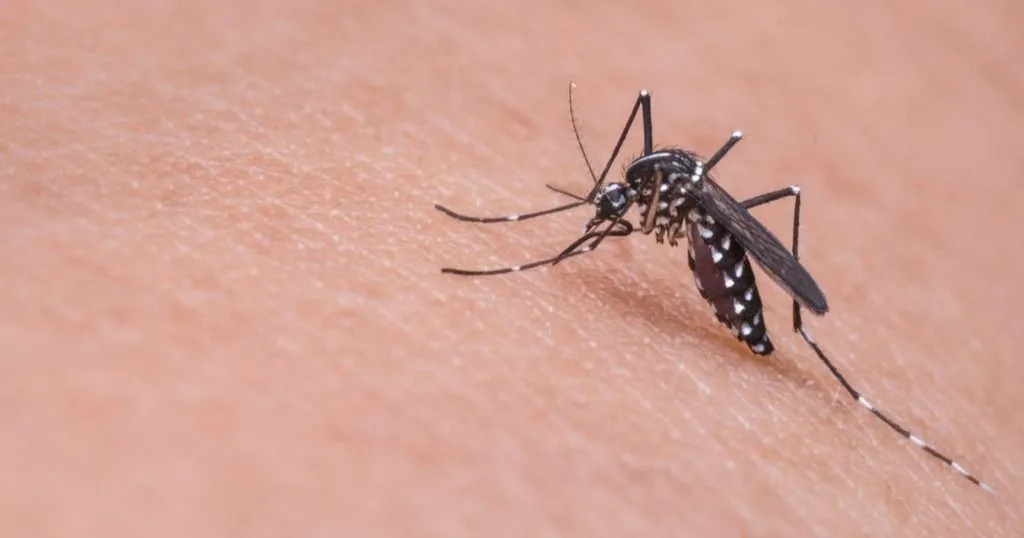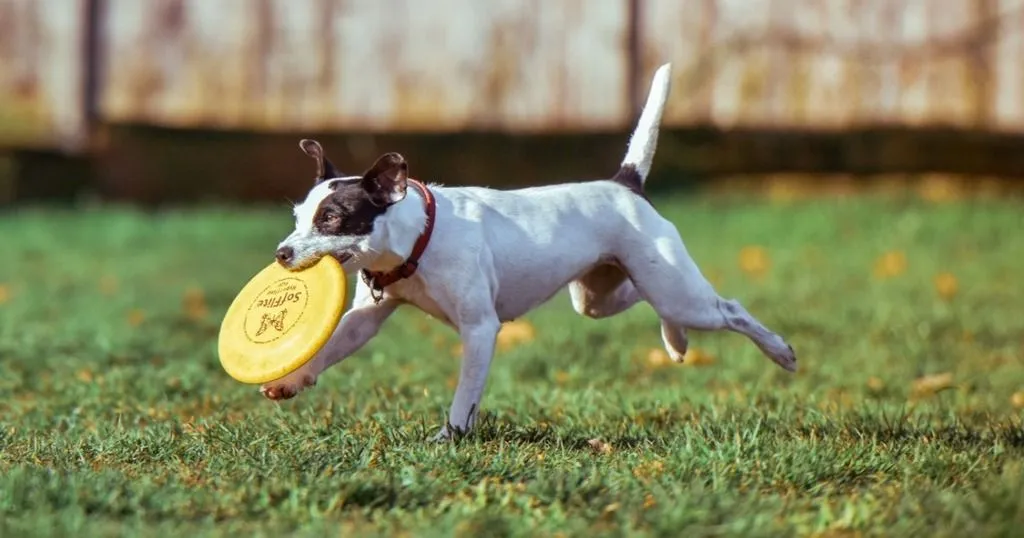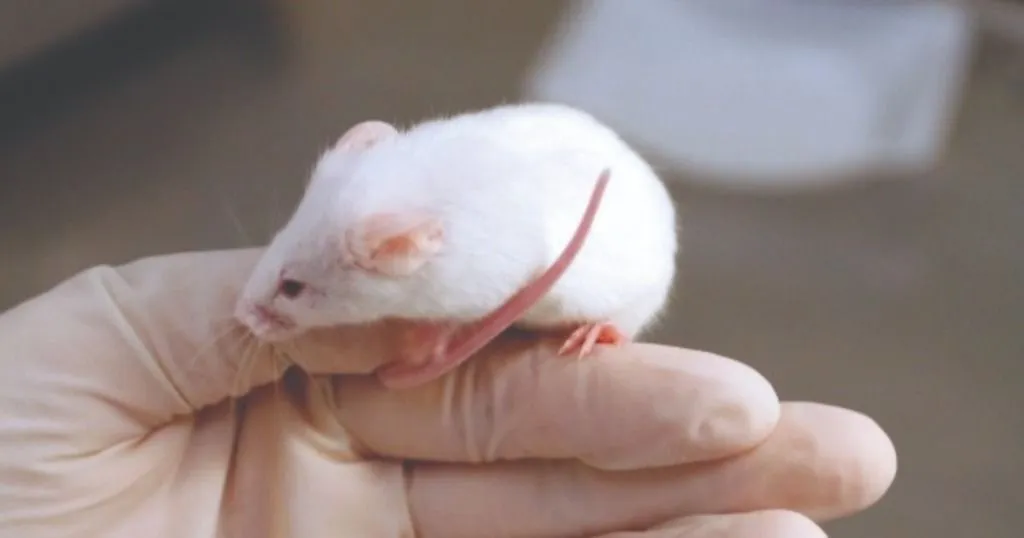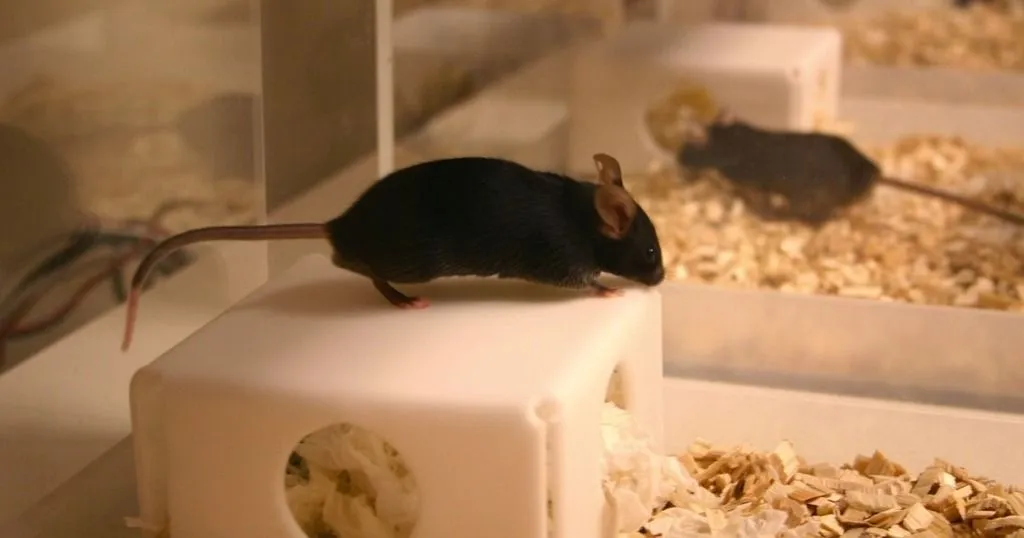Smelly feet and heat – how malaria mosquitoes find their hosts
It seems that mosquitoes use human body odor to locate suitable hosts, and different people smell differently to mosquitoes.
Posted by
Published on
Sun 13 Oct. 2013
Topics
| 3D Tracking | Automating Behavioral Observations | EthoVision XT | Exploratory Behavior | Insects | Mosquito | Track3D | Tracking | Video Tracking |

Why is it that if there is a mosquito in my bedroom, usually it won’t bite me, but it does bite my partner? It seems that mosquitoes use human body odor to locate suitable hosts, and different people smell differently to mosquitoes.
However, it is not only body odor, but also body heat, CO2 from breathing and wind direction may also be important for the mosquitoes to find you. Furthermore, different mosquito species use different cues. For many mosquito species it is still not known exactly what they do to find their hosts.
Malaria mosquitoes
It is no accident that many of the studies on host-seeking behavior have been carried out on malaria mosquitoes. Over a million people are killed by malaria every year. This makes research on how these mosquitoes find their hosts ever so important. If we know how they these insects find their hosts, we may be able to stop them.
Tracking in 3D
Spitzen et al. [1], studied the host-seeking behavior of the malaria mosquito Anopheles gambiae sensu stricto. They used a wind tunnel and applied several stimuli. They used the video tracking software EthoVision for automating behavioral observations. However, this software analyzes the insect behavior in a two dimensional plane, while the mosquitoes fly in a three-dimensional space.
Therefore, the researchers joined together with Noldus (the company that makes EthoVision) to develop Track3D. Track3D is a plug-in for EthoVision, which made it possible to analyze of the flying path of the mosquitoes in three dimensions.
Smelly feet and heat
Air was pumped in on one side of the wind tunnel and the mosquitoes were released on the other, downwind, side. Clean air was used as control. The treatments consisted of odor from a sock worn for 24 hours by the first author, a heat source at the air inlet, and a combination of heat and foot odor.
Combining heat and odor
The mosquitoes flew straight against the wind and landed on the wall on the other side of the wind tunnel when only clean air was applied. Only a few mosquitoes landed in a 5 cm circle around the air inlet. The presence of a heat source near the air inlet did not affect the flying path, but more mosquitoes landed near the inlet.
When the air contained foot odor, there was a large effect on the flying path. The mosquitoes flew in and out the odor plume at a right-angle to the wind direction. They took much longer to reach the other side of the wind tunnel. However, the number of landings near the air inlet was not affected.
The mosquitoes also showed this zig-zag flying pattern when a combination of heat and foot odor was applied. However, in this case, a high percentage of the mosquitoes landed near the air inlet.
Heat, odor and host location
The results show that the mosquitoes use both odor and heat to find their host and that either of these two stimuli alone is not enough. In presence of foot odor and heat, the mosquitoes alter their flying path and fly in a zig-zag pattern to the odor source.
This indicates that they make use of gradients in heat and odor concentration and scan the odor plume intensely to fly to its source. With this knowledge, methods to control malaria mosquitoes can be improved, for example by adding a heat source to an odor baited trap.
Wider use
Although Track3D was developed for studying mosquitoes, it has since been used for all sorts of 3D animal tracking, 3D movement analysis and other studies of insect behavior.
Reference
Spitzen J, Spoor CW, Grieco F, ter Braak C, Beeuwkes J, et al. (2013) A 3D Analysis of Flight Behavior of Anopheles gambiae sensu stricto Malaria Mosquitoes in Response to Human Odor and Heat. PLoS ONE 8(5): e62995. doi:10.1371/journal.pone.0062995.
Related Posts

The welfare of therapy dogs

The effects of parasitic infections on learning and memory in mice

